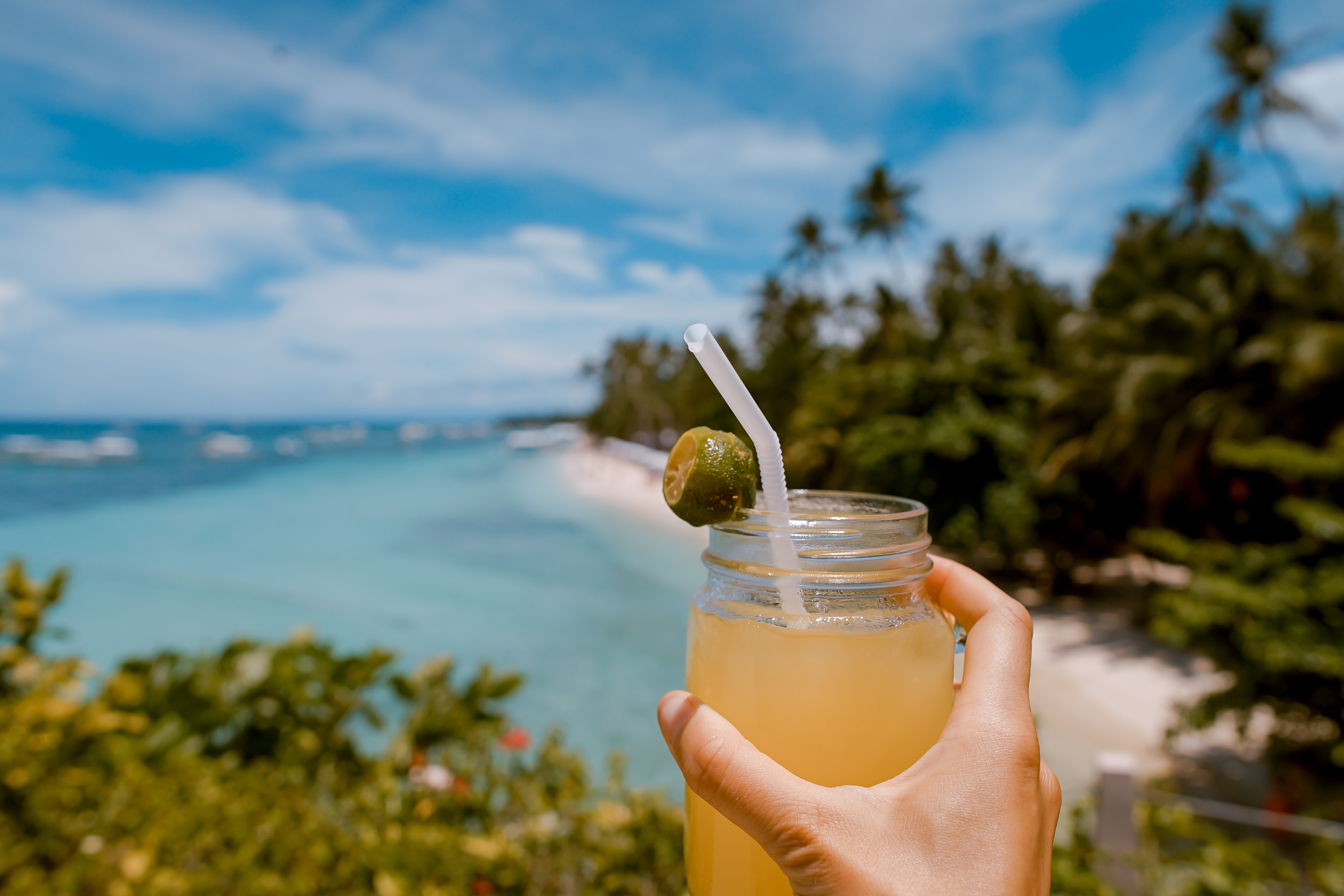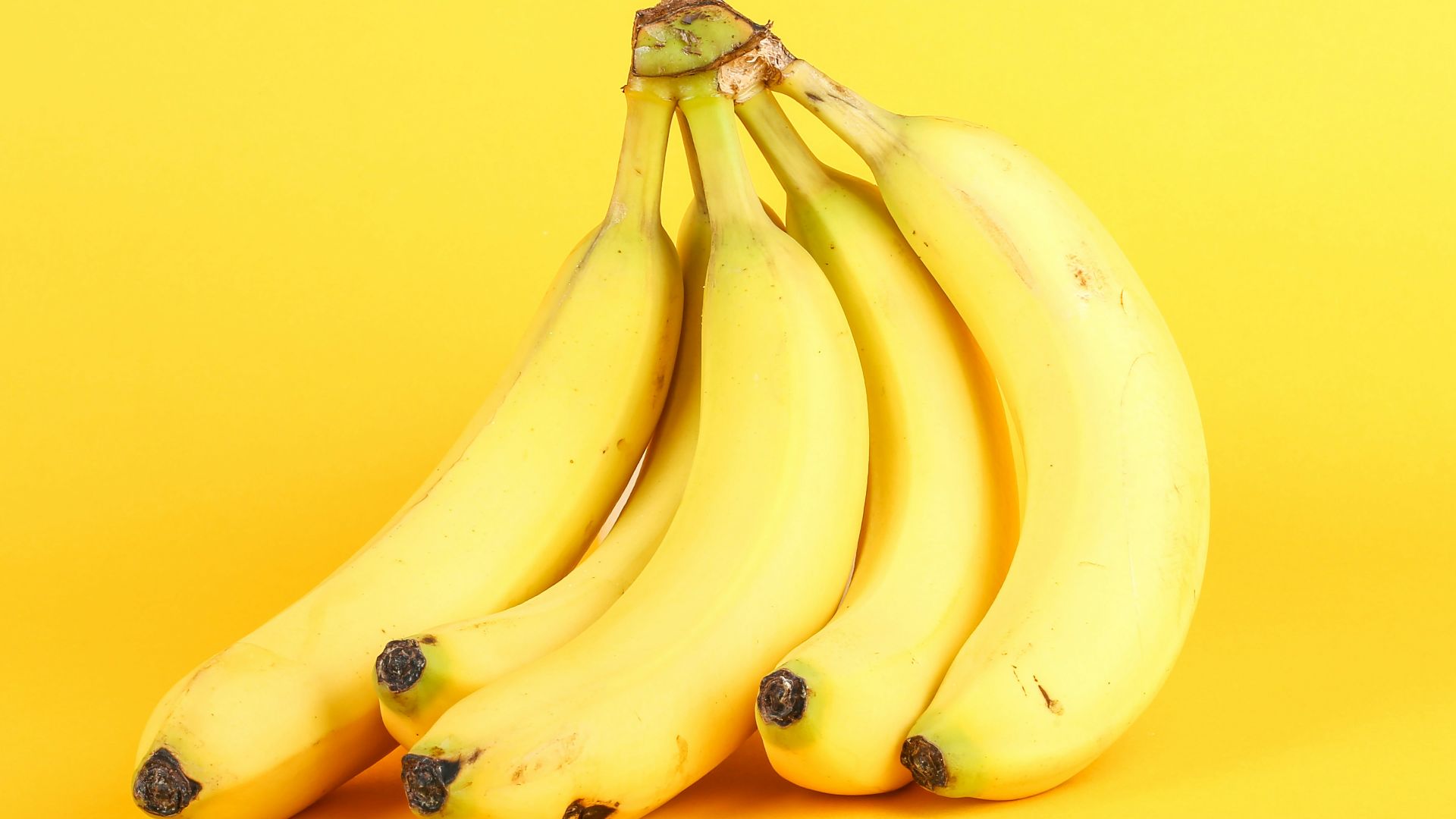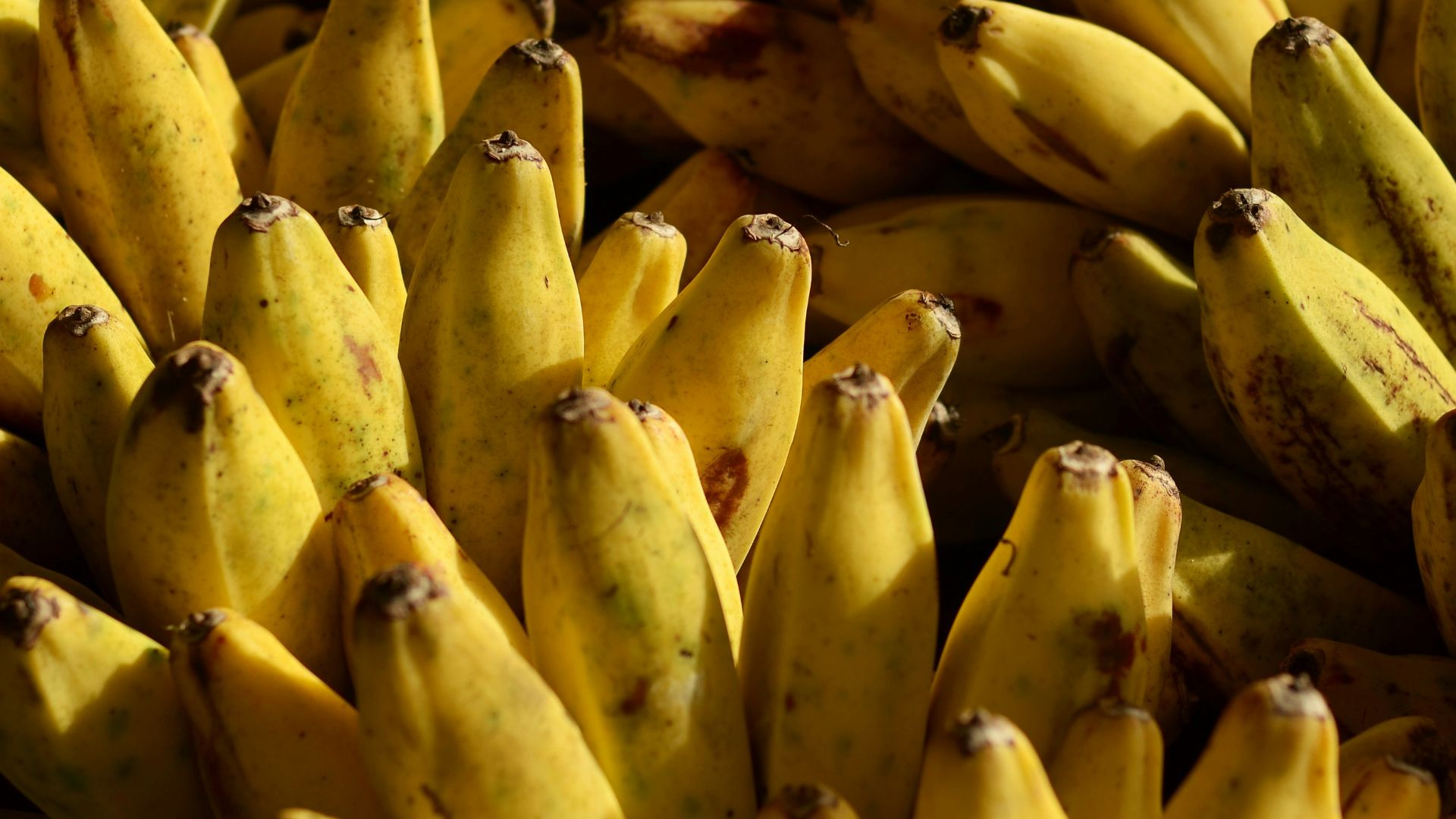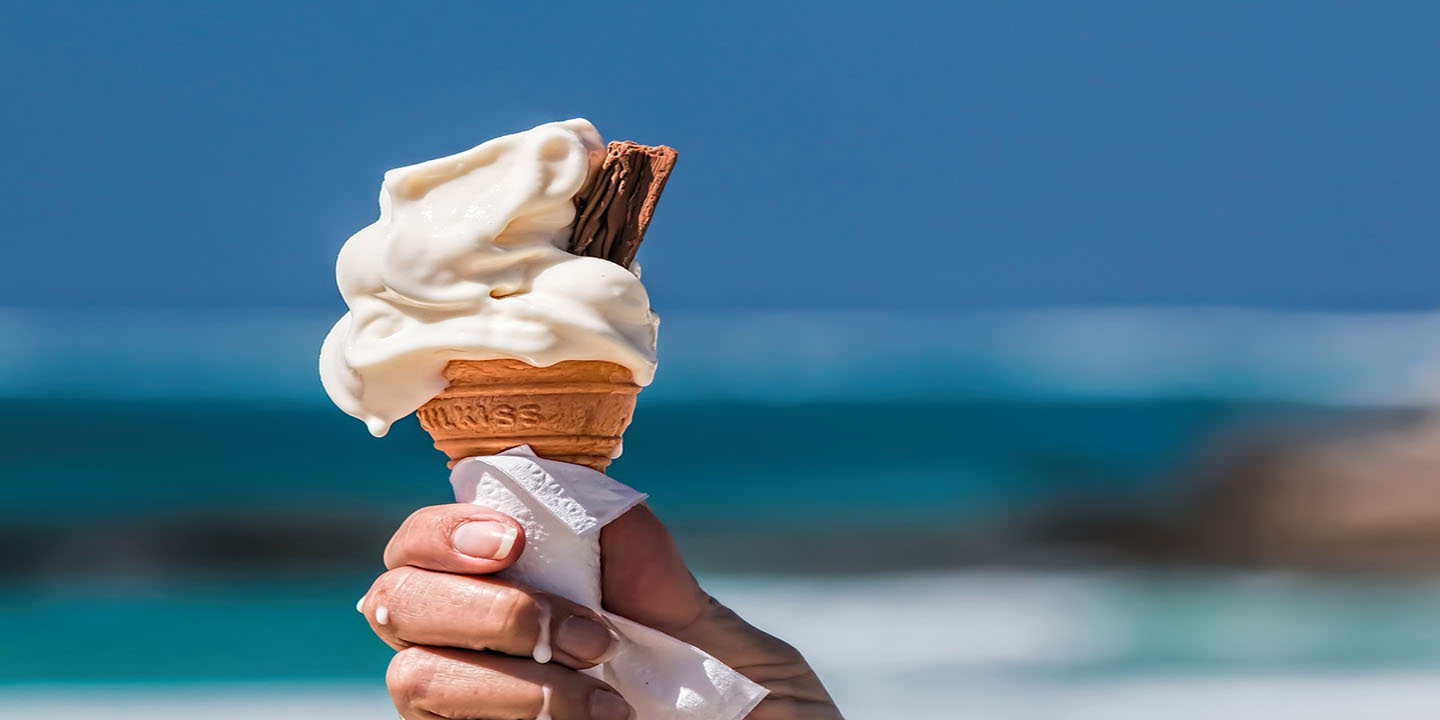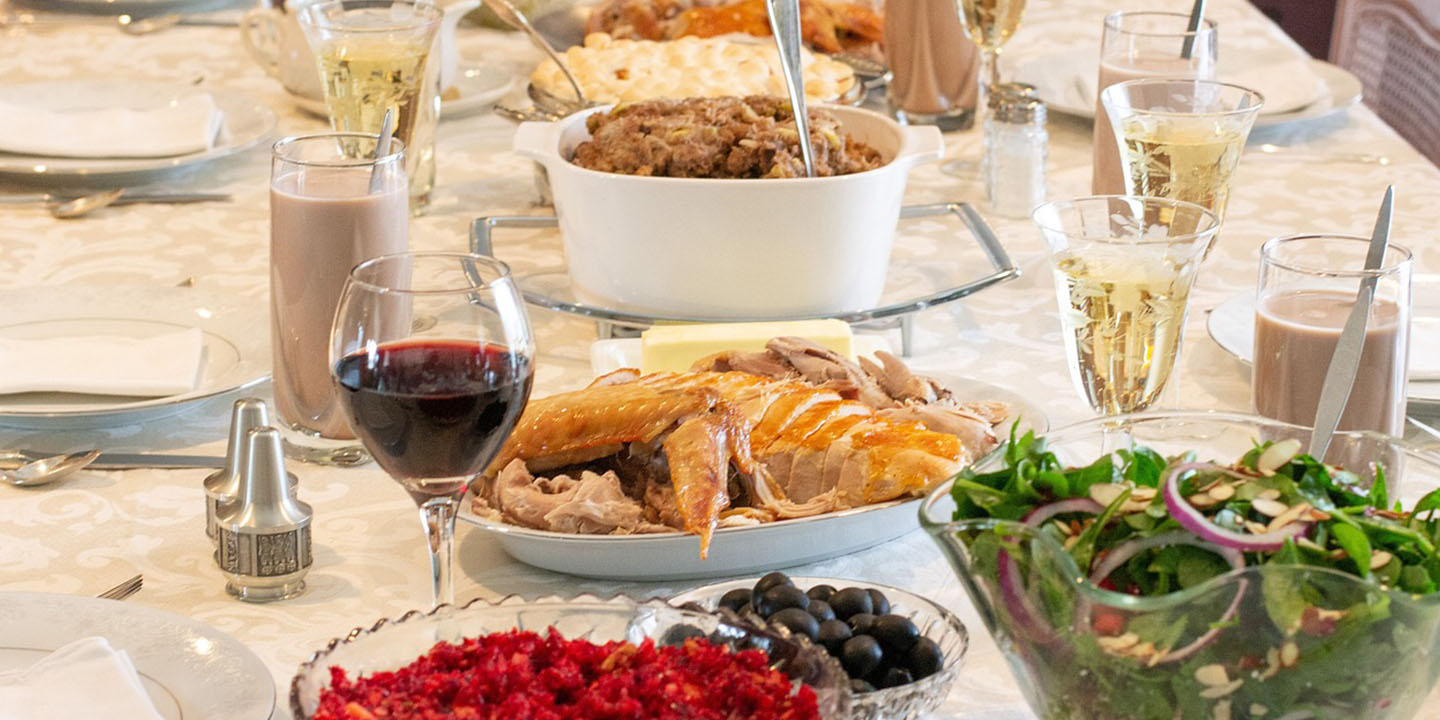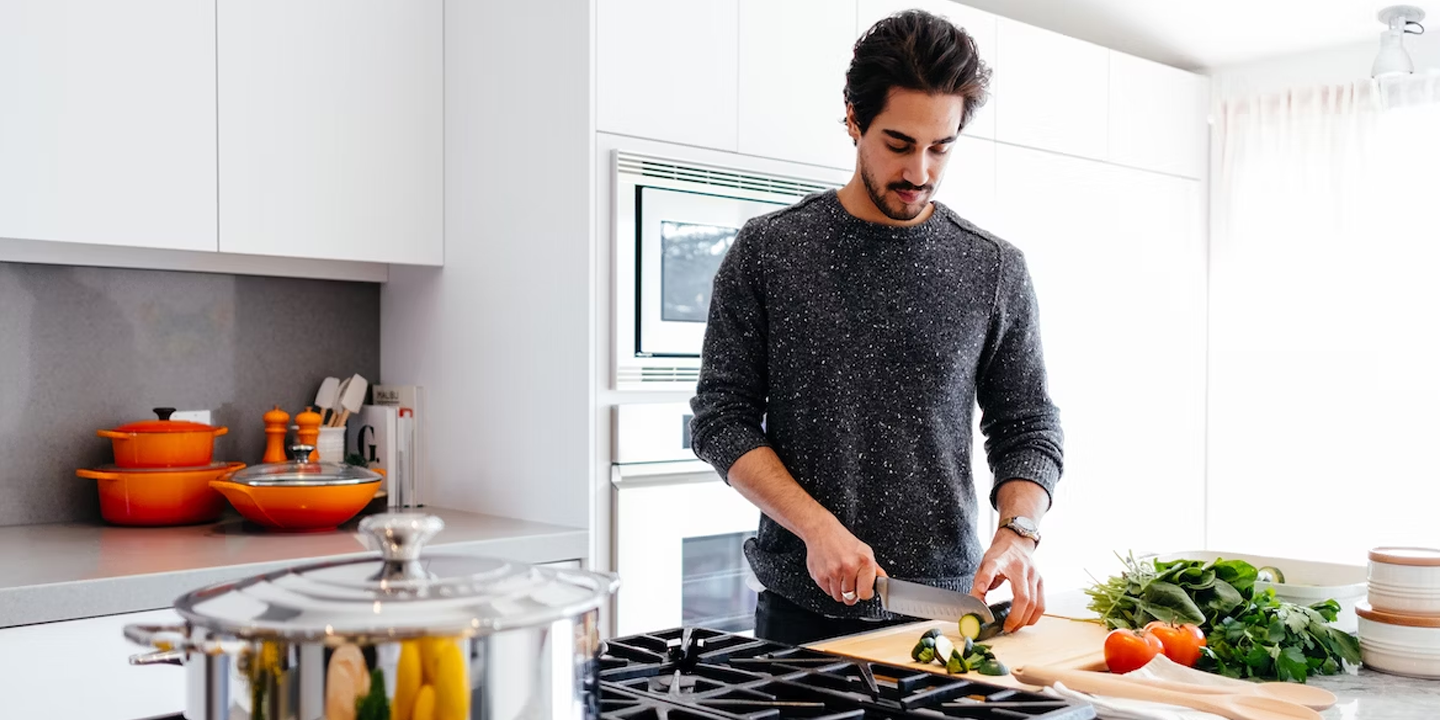Doctors Weigh In On The Best Time To Eat Bananas For Weight Loss
Bananas are one of the world’s most popular fruits, and for good reason. They’re affordable, convenient, and packed with nutrients that can boost health and support weight management. A single banana is loaded with potassium, fiber, vitamin B6, and vitamin C, all of which contribute to heart health, digestive balance, and energy production. Their natural sweetness also makes them a satisfying alternative to processed desserts or sugary snacks.
But when it comes to eating bananas for weight loss, timing may play a bigger role than you think. While there’s no single “perfect” time to eat a banana, certain moments throughout the day can make their benefits even more effective. Doctors and nutritionists agree that understanding when to eat bananas, and how ripe they are, can help you get the most out of this nutritious fruit.
All About Timing
Bananas are packed with healthy carbs, and offer sustained, readily available energy. Carbohydrates, after all, are what your body turns into natural sugar for a healthy energy boost. Plus, bananas provide easily digestible carbs and slow-release energy to power you through the day.
So, when should you eat them? Well, if you want energy, you’ll want to do it before your exercise. Have a banana 30-60 minutes before a workout for an ideal pre-workout snack. Simple carbohydrates offer immediate energy, while the potassium may help ward off muscle cramping. You can also have bananas for breakfast. Eat a banana on its own or slice it over yogurt or oatmeal to jump-start your day and maintain blood sugar levels until lunchtime. They also serve as a great afternoon snack. Need an energy pick-me-up? Reach for a banana to give you a natural sugar boost, plus fiber to help you power through until dinner.
Is it Ripe Though?
The ideal ripeness stage for bananas is really a matter of personal preference and overall wellness goals. Greener bananas, which are lower on the ripeness scale, have a starchier texture and less sweet flavor. They contain resistant starch, a type of carbohydrate that resists digestion and keeps you feeling fuller for longer. For this reason, eating a banana that’s lower on the ripeness scale is an excellent option for those looking to consume fewer calories and lose weight. Resistant starch is also good for your gut, as it serves as a prebiotic and provides fuel for good bacteria in your gut.
As the banana ripens, the resistant starch begins to break down into natural sugars, giving the banana its sweet flavor. A yellow or spotted banana may be your best bet if you’re looking for a naturally sweet and filling snack or are in need of a quick energy boost (say, after a workout). Yellow or spotted bananas are also easier to digest.
Okay, but what about that brown banana that’s been hanging out on your countertop for a while? Here’s the thing: you shouldn’t toss that overripe banana. While an overripe banana probably isn’t the best option for those looking to eat less sugar, it is great for baking healthy treats such as banana bread or adding to a smoothie for a naturally sweet and creamy base.
Bananas are an easy, healthy fruit that can fuel your activity and help with weight control. If you grab a banana pre-workout, or for breakfast, or if you reach for one when you hit a midafternoon wall, the timing of your banana consumption can make a difference in maximizing nutrition and metabolism.
KEEP ON READING
